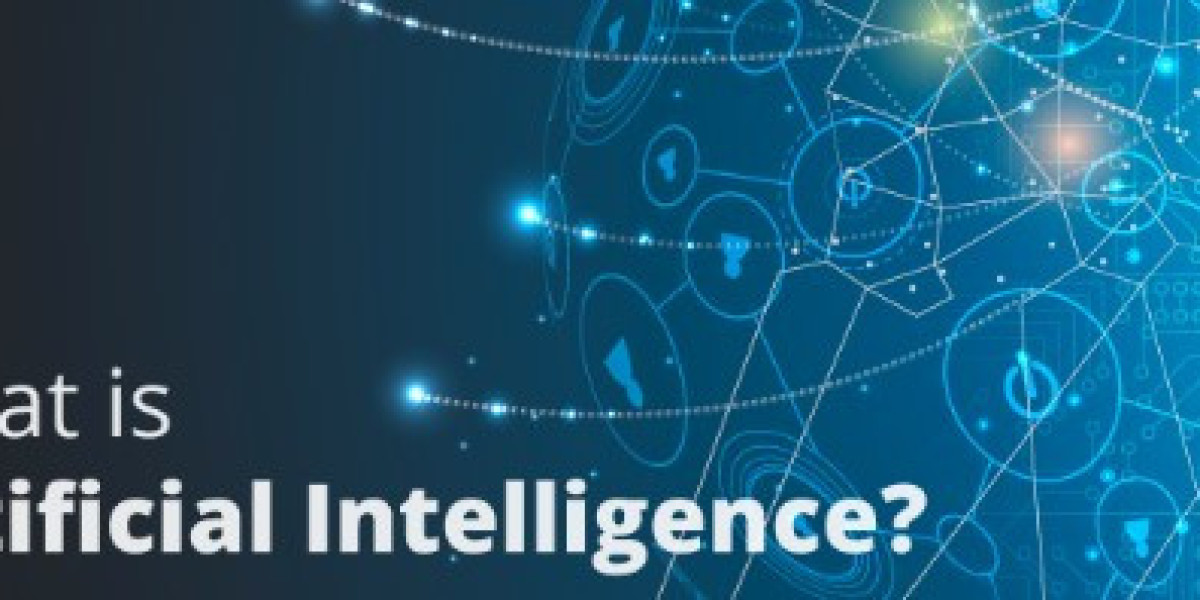Image recognition in AI refers to the technology and process of automatically identifying and classifying objects, patterns, or features within digital images or photographs. It involves the use of algorithms and models that analyze the visual content of images to recognize and categorize objects or attributes present in the image. Image recognition algorithms can detect and classify objects, extract features from images, and leverage machine learning techniques to learn from labeled training data.
The goal is to enable machines to interpret and understand visual information, opening up applications in fields such as autonomous vehicles, surveillance systems, medical imaging, facial recognition, and more. By leveraging advancements in deep learning and neural networks, image recognition in AI has made significant progress in accurately recognizing and classifying objects within images, paving the way for various practical applications. By obtaining an AI Course, you can advance your career in AI. With this course, you can demonstrate your expertise in the basics of implement popular algorithms like CNN, RCNN, RNN, LSTM, RBM using the latest TensorFlow 2.0 package in Python, many more fundamental concepts, and many more critical concepts among others.
Image recognition in AI refers to the technology and techniques used to identify and classify objects, patterns, or features within digital images or photographs. It is a subset of computer vision, a field within artificial intelligence that focuses on enabling machines to interpret and understand visual information.
Key aspects of image recognition in AI include:
1. Object Detection: Image recognition algorithms are designed to detect and identify specific objects or entities within images. This involves analyzing the visual features and patterns of the image to recognize known objects or detect specific attributes.
2. Classification: Image recognition systems classify images into predefined categories or classes. They learn from labeled training data and utilize machine learning algorithms to identify the similarities and differences between images and assign them to appropriate categories.
3. Feature Extraction: Image recognition involves extracting relevant features or visual descriptors from the images. These features could include edges, textures, shapes, colors, or more complex patterns. The extracted features serve as inputs for the recognition algorithms.
4. Deep Learning and Neural Networks: Deep learning techniques, particularly convolutional neural networks (CNNs), have shown significant success in image recognition tasks. CNNs learn hierarchical representations of images, capturing increasingly complex features at different layers, enabling accurate recognition and classification.
5. Training and Learning: Image recognition models are trained on large datasets containing labeled images. Through an iterative process, the models learn to recognize patterns and features that are characteristic of specific objects or classes. The training process involves optimization algorithms that adjust the model's parameters to minimize prediction errors.
6. Applications: Image recognition has diverse applications across various domains. It is used in fields such as autonomous vehicles, surveillance systems, medical imaging, facial recognition, object tracking, quality control, and augmented reality, among others.
7. Challenges: Image recognition poses several challenges, including variations in lighting conditions, scale, orientation, occlusions, and background clutter. Robust algorithms and techniques are developed to handle these challenges and improve the accuracy and reliability of image recognition systems.
Image recognition in AI has significantly advanced in recent years, driven by the availability of large datasets, advances in deep learning techniques, and increased computational power. It plays a crucial role in enabling machines to understand and interpret visual information, opening doors to a wide range of applications and possibilities in various industries.



